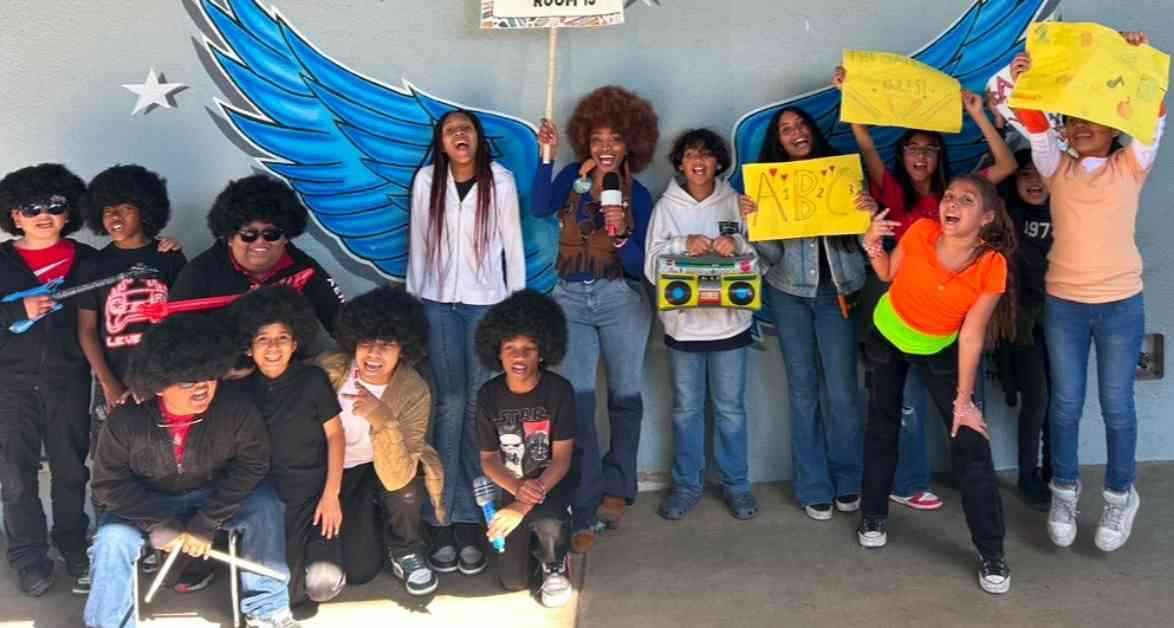Well, well, well, look who we have here! Tylyn Fields, the beloved teacher, almost didn’t make it to the classroom. Can you imagine that? She’s now a rockstar among her fifth-grade students, but the journey to get there was no walk in the park. Let’s dive into this rollercoaster ride together, folks.
Back in the day, during California’s teacher shortage crisis, Tylyn, a trained social worker, saw teaching as her true calling and a promising career path. She was smart, motivated, and ready to make a real difference in the community where she lived and worked. However, things took a sharp turn when she realized that pursuing a quality teacher education program meant making an impossible choice. The options on the table were pretty grim – either quit her job for a year of unpaid coursework and student teaching or drown in more student loan debt that she couldn’t handle. Tough luck, huh?
Now, hold on to your hats because we’re about to hit some real talk. California is in desperate need of well-trained teachers, but the financial barriers standing in the way of aspiring educators are pushing them towards emergency credentials or even making them throw in the towel on teaching altogether. I mean, come on, we can’t afford to lose these bright minds to bureaucratic nonsense and money woes. It’s time to step up our game and make some real changes.
Fast forward to 2019, and California finally decided to do something about this mess. The Golden State Teacher Grant (GSTG) program was born, offering $20,000 tuition grants to teacher candidates willing to commit to teaching in high-need schools. Tylyn was one of the lucky ones who benefited from this program, and let me tell you, it made all the difference. Without that financial support, she would have been stuck paying off her student loans for a good ten years. Yikes!
But hey, here’s the kicker – the funding for GSTG got cut in half to $10,000, and now it’s running on fumes. The Governor’s budget for the next fiscal year includes a measly $64.2 million for the program, which barely keeps the lights on for another year. We need to do better, folks. We need to support our future teachers and invest in their success.
So, what’s the game plan, you ask? Well, how about we establish consistent financial aid for aspiring teachers, create a layered system of needs-based support, and restructure aid to make pre-service preparation more appealing than emergency pathways. It’s time to put our money where our mouth is and show these educators that we value their hard work and dedication.
In conclusion, Tylyn’s success story is just the beginning. With the right support and investment in our teachers, we can pave the way for a brighter future for education in California. Let’s keep the momentum going and ensure that more candidates like Tylyn find their way to the front of the classroom. It’s time to make a real difference, one teacher at a time.
